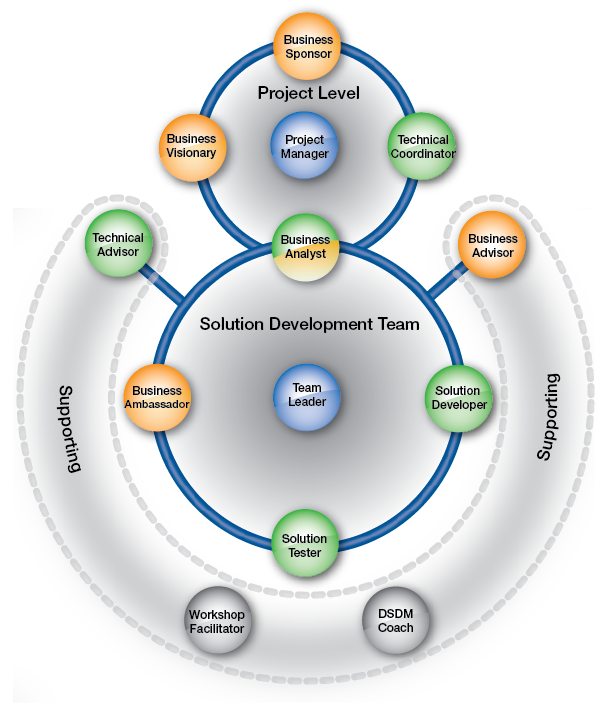Embracing Digital Innovation in Architecture
In today’s rapidly evolving world, the field of architecture is undergoing a profound transformation, driven by advancements in digital technology. From design conception to construction execution, digital architecture is revolutionizing the way we conceptualize, visualize, and realize architectural projects. Let’s delve into the future of digital architecture and explore how it’s reshaping the landscape of design.
Unleashing Creative Potential
Digital architecture offers architects and designers unprecedented creative freedom and flexibility. With powerful software tools and cutting-edge technologies such as Building Information Modeling (BIM) and parametric design, architects can explore complex geometries, experiment with innovative forms, and push the boundaries of traditional design conventions. This newfound freedom allows for greater experimentation and innovation in architectural expression, leading to the creation of more dynamic and engaging built environments.
Enhancing Collaboration and Communication
One of the key advantages of digital architecture is its ability to facilitate seamless collaboration and communication among project stakeholders. Through cloud-based collaboration platforms and virtual design studios, architects, engineers, contractors, and clients can collaborate in real-time, regardless of their geographical locations. This enhanced communication fosters greater transparency, reduces errors and conflicts, and ensures that everyone involved in the project is aligned with the design vision from the outset.
Optimizing Performance and Sustainability
Digital architecture enables architects to optimize the performance and sustainability of buildings through advanced simulation and analysis tools. By conducting energy modeling, daylight analysis, and thermal simulations during the design phase, architects can identify opportunities to improve energy efficiency, maximize natural light penetration, and enhance indoor comfort levels. This proactive approach to performance optimization not only reduces operational costs but also minimizes the environmental impact of buildings, contributing to a more sustainable built environment.
Empowering Adaptive Design
In an era of rapid urbanization and climate change, the ability to design buildings that can adapt to changing environmental conditions is more important than ever. Digital architecture empowers architects to create adaptive designs that respond intelligently to dynamic environmental factors such as temperature fluctuations, solar exposure, and wind patterns. Through parametric design techniques and responsive building systems, architects can design buildings that can adjust their form, orientation, and performance in real-time, ensuring resilience and longevity in the face of evolving environmental challenges.
Advancing Fabrication and Construction
Digital architecture is revolutionizing the way buildings are fabricated and constructed, paving the way for more efficient, cost-effective, and sustainable construction methods. Through digital fabrication technologies such as 3D printing, robotic assembly, and modular construction, architects can realize complex architectural designs with greater precision and speed. This shift towards digital fabrication not only streamlines the construction process but also reduces material waste, construction time, and labor costs, making architecture more accessible and affordable for all.
Fostering Technological Literacy
As digital technology continues to permeate every aspect of our lives, it’s essential for architects to embrace technological literacy and stay abreast of the latest developments in digital architecture. From computational design and augmented reality to artificial intelligence and machine learning, the future of architecture is inherently digital. By investing in ongoing education and professional development, architects can leverage digital tools and techniques to push the boundaries of design innovation and shape the future of the built environment.
Conclusion
In conclusion, digital architecture is revolutionizing the field of architecture by unleashing creative potential, enhancing collaboration and communication, optimizing performance and sustainability, empowering adaptive design, advancing fabrication and construction, and fostering technological literacy. As we look to the future, digital architecture promises to continue pushing the boundaries of design innovation and reshaping the way we conceive, create, and experience the built environment. Read more about digital architecture






